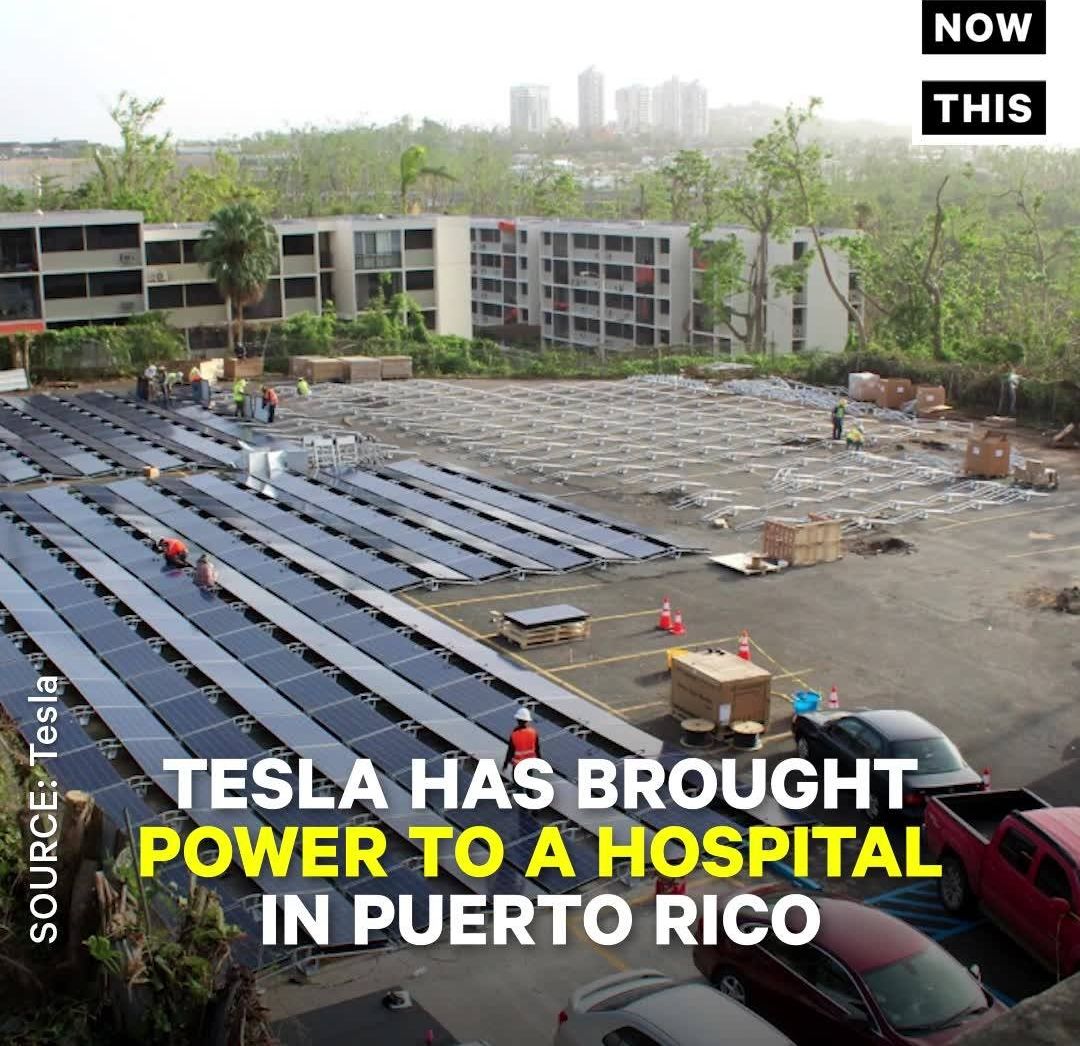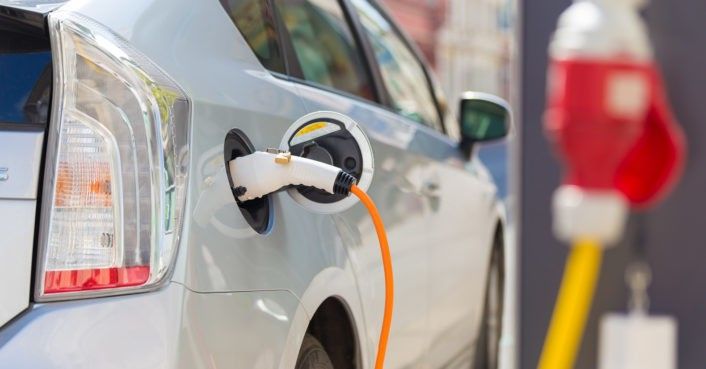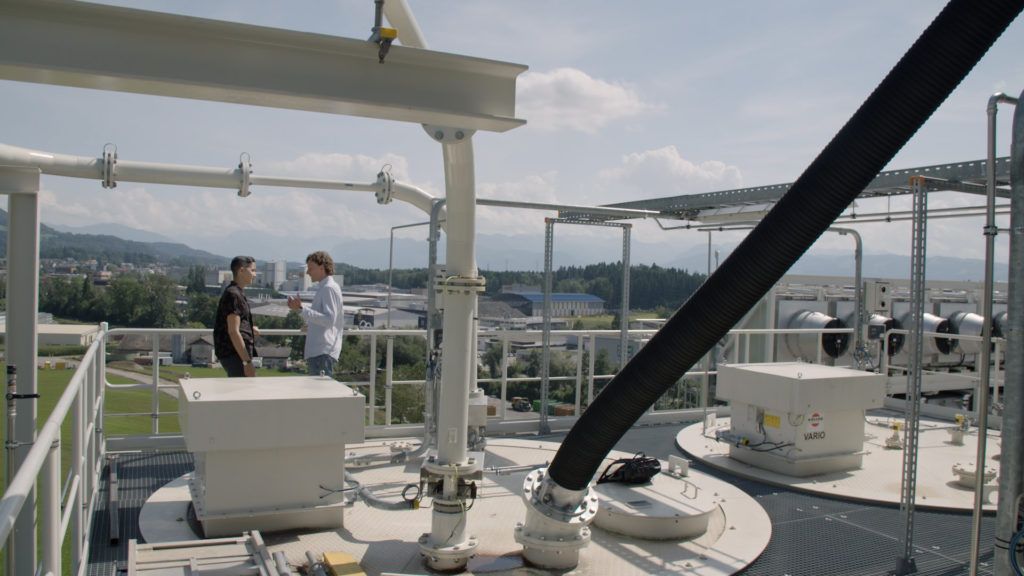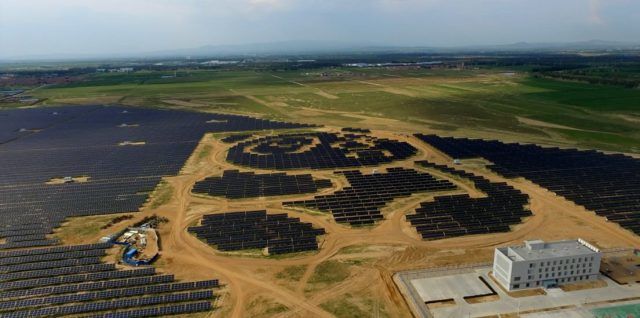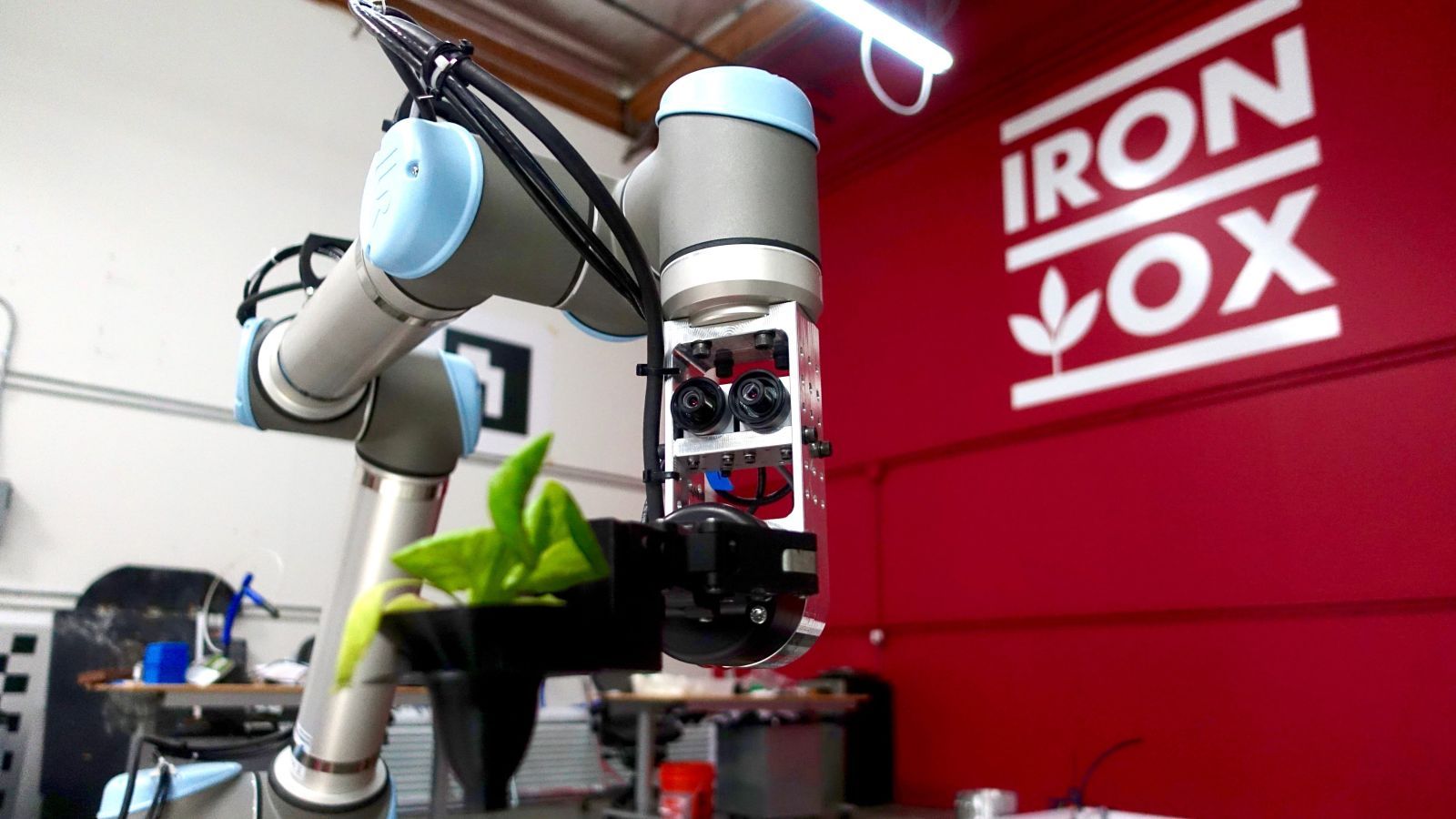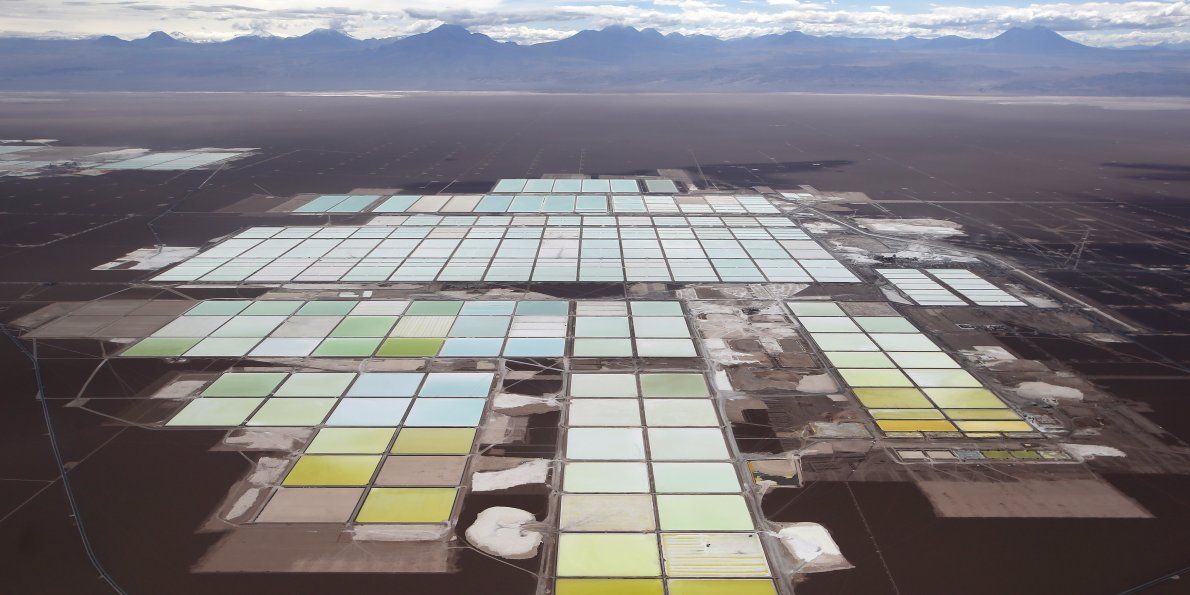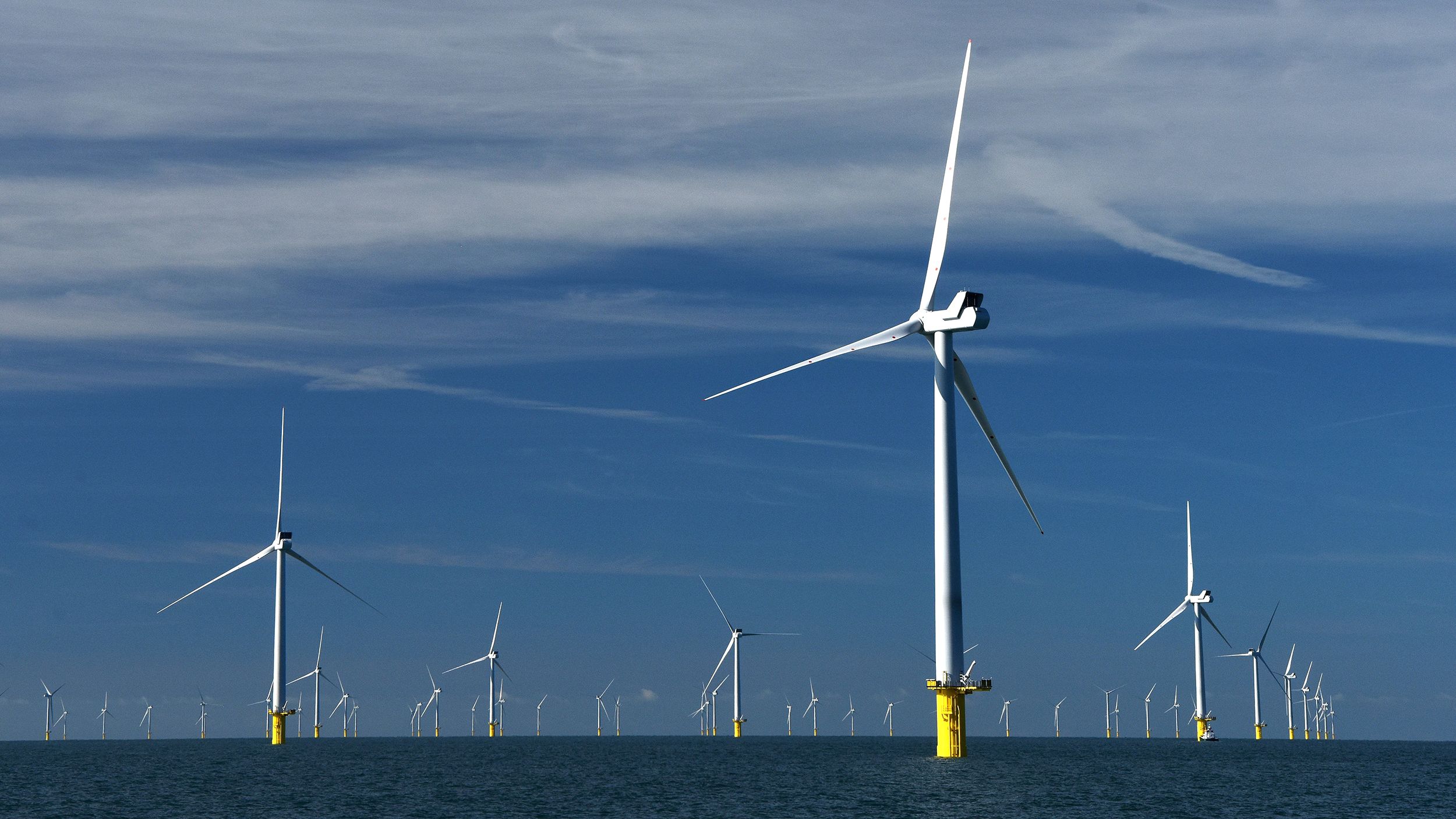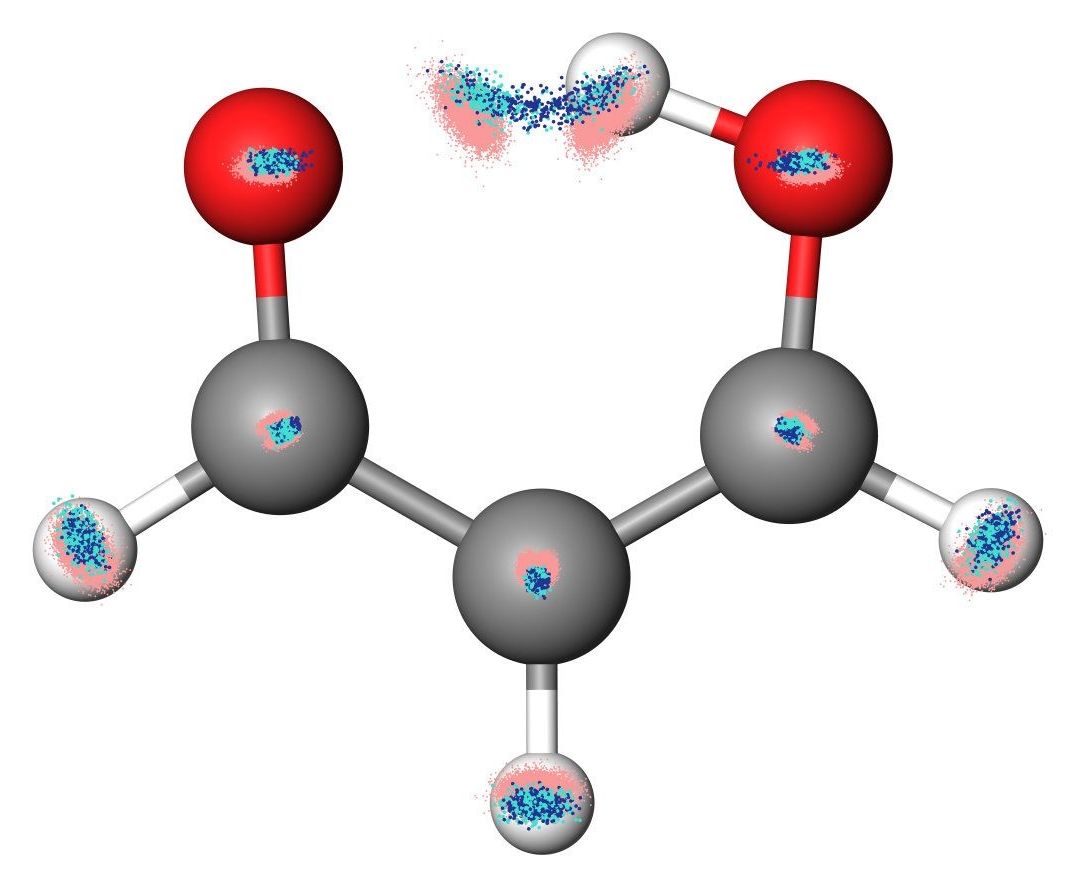Archive for the ‘sustainability’ category: Page 567
Oct 25, 2017
Toshiba lithium-ion battery could offer EVs 200-mile range after 6-minute recharge
Posted by Dan Kummer in categories: sustainability, transportation
Toshiba’s next-generation SCiB lithium-ion battery could give electric cars a 200-mile range after recharging for just six minutes.
Oct 23, 2017
Sucking CO2 from the atmosphere could save the planet — but it isn’t cheap
Posted by Dan Kummer in categories: business, climatology, environmental, geoengineering, space, sustainability
Should definitely be worked on. Eventually the same stuff could be used to reverse engineer/terraform Venus.
When politicians talk about the Paris Climate Agreement, it’s usually framed in terms of restrictions on emissions for states and businesses. But the Paris Agreement wasn’t just an agreement to regulate — it was also an agreement to innovate. That’s because most experts agree that the world won’t be able to keep global temperature rise below 2 degrees Celsius, unless there’s a way to physically remove CO2 from the atmosphere.
A Swiss startup called Climeworks has made that their goal, developing the most advanced carbon-capture technology to date. VICE News went to Switzerland to see how the technology works and hear how the business plans to tackle climate change. Problem is, what Climeworks is doing isn’t cheap.
Continue reading “Sucking CO2 from the atmosphere could save the planet — but it isn’t cheap” »
Oct 20, 2017
China breaking all solar power records, aiming for 50GW in 2017
Posted by Dan Kummer in categories: climatology, solar power, sustainability
China is leading the world in solar power installations by a long run. ASECEA is predicting that 50GW of solar power is well within reach of being installed this year. In June and July of 2017, China installed 25GW of solar power – and they’ll push the globe past 100GW total for the year.
At China’s ‘State of the Union address’ equivalent, just yesterday, president Xi Jinping said, “Any harm we inflict on nature will eventually return to haunt us… this is a reality we have to face.”
“Taking a driving seat in international cooperation to respond to climate change, China has become an important participant, contributor, and torchbearer in the global endeavor for ecological civilization,” said President Xi Jinping, and that China must “develop a new model of modernization with humans developing in harmony with nature.”
Continue reading “China breaking all solar power records, aiming for 50GW in 2017” »
Oct 15, 2017
Startup Iron Ox is developing small farms in suburbia that will be run by robots
Posted by Dan Kummer in categories: finance, food, habitats, robotics/AI, sustainability
You could drive past and never see the only farm in San Carlos, California. The tiny city of 30,000 that sits between San Francisco and Silicon Valley has all the charms of suburbia—sprawling office parks and single-story homes—but doesn’t seem a likely suspect for agriculture.
The farm, run by startup Iron Ox, is nestled between three stonemasons and a plumber in a nondescript office park building; there’s no greenhouse, no rows of freshly-tilled soil, or tractor parked outside. Only peeking in the large bay door reveals the building’s tenants: a few hundred plants and two brightly-colored robot farmers.
Iron Ox looks a lot like a tech company. One of its co-founder is an ex-Google engineer and it raised $1.5 million in pre-seed venture capital from Y Combinator, Pathbreaker, and Cherubic Ventures in April 2016. Instead of fake food, or plant-based meat meals, or even a food delivery service tethered to an app, Iron Ox is reinventing farming, raising real, not faux, food. Think hydroponically raised lettuce and basil, like what you’d get at an ordinary farmers market.
Oct 15, 2017
NASA Satellite Sees Overheated Tropical Forests Oozing with Carbon Dioxide
Posted by Brett Gallie II in categories: satellites, sustainability
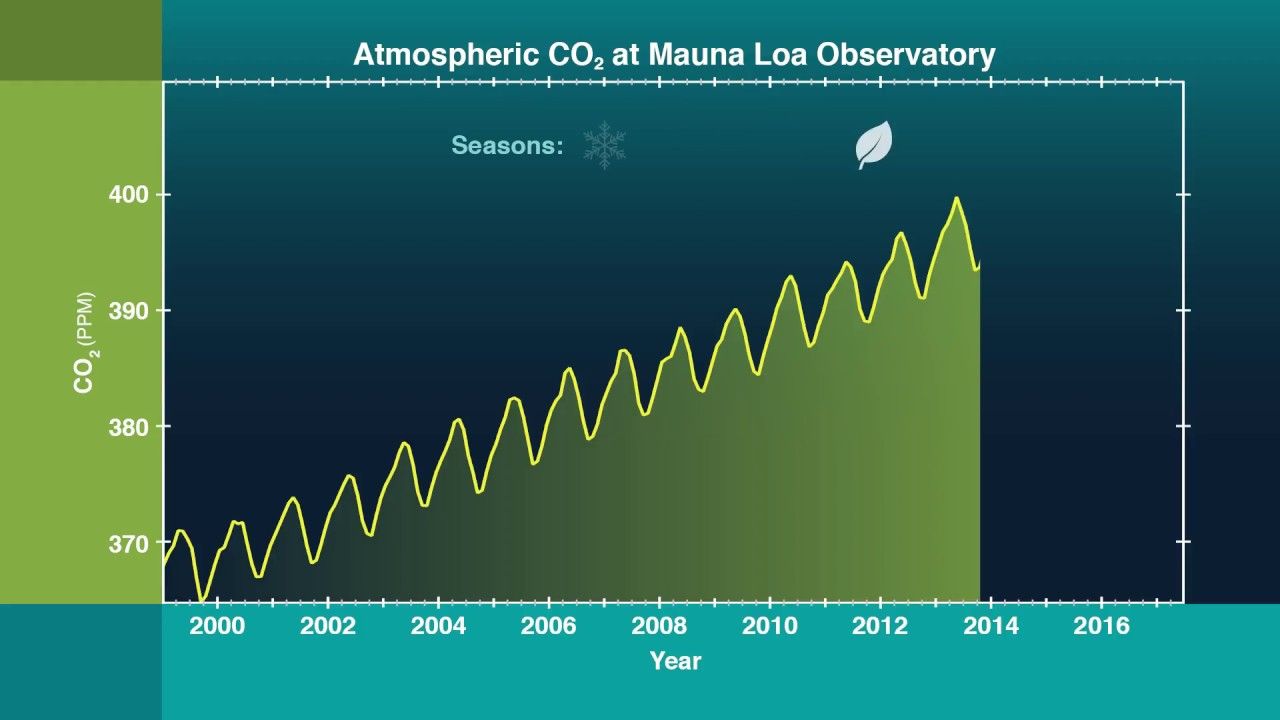
NASA’s OCO-2 satellite has detected a dramatic spike in global atmospheric carbon dioxide, and overheated tropical forests are partly to blame.
Oct 15, 2017
There’s a new challenger to lithium batteries
Posted by Dan Kummer in categories: food, sustainability
With the EV market about to explode and the European Union planning a battery-making consortium to bring the continent onto the global EV battery scene, Stanford researchers released a paper claiming their sodium battery could compete with the lithium-ion market leader.
New battery development has been fairly slow against the backdrop of the projected electric car market size, and so far no innovation has proved to be as economical as lithium-ion. The Stanford battery uses sodium—a cheaper, more abundant material than lithium—and is still in the development stages.
Sodium makes up the Stanford battery’s cathode, and the anode is made from phosphorus, with the addition of a compound called myo-inositol, which can be derived from rice bran or corn. According to the researchers, this chemical combination yields efficiency rates comparable to that of lithium-ion batteries at a lower cost—a much lower cost.
Continue reading “There’s a new challenger to lithium batteries” »
Oct 15, 2017
How scientists and supercomputers could make oceans drinkable
Posted by Dan Kummer in categories: nanotechnology, particle physics, supercomputing, sustainability
Aleksandr Noy has big plans for a very small tool. A senior research scientist at Lawrence Livermore National Laboratory, Noy has devoted a significant part of his career to perfecting the liquid alchemy known as desalination—removing salt from seawater. His stock-in-trade is the carbon nanotube. In 2006, Noy had the audacity to embrace a radical theory: Maybe nanotubes—cylinders so tiny, they can be seen only with an electron microscope—could act as desalination filters. It depended on just how wide the tubes were. The opening needed to be big enough to let water molecules flow through but small enough to block the larger salt particles that make seawater undrinkable. Put enough carbon nanotubes together and you potentially have the world’s most efficient machine for making clean water.
Oct 12, 2017
A single floating wind farm could power the entire planet
Posted by Dan Kummer in categories: energy, engineering, sustainability
The Carnegie scientists, Anna Possner and Ken Caldeira, suspected that drag like this might be far lower over water than over land, particularly in mid-latitude oceans in both the Northern and Southern hemispheres. Why might that be? As Earth tilts away from the sun each autumn, jet stream-like rivers of air form high in the atmosphere. Over the open ocean, storms pull these strong winds down near the planet’s surface, replenishing the wind energy captured by turbines.
The effect might sound small, but it adds up. The scientists calculate that a wind farm in the middle of the North Atlantic would generate at least twice as much energy — and perhaps three times as much — as an identical wind farm in Kansas, itself one of the windiest states in the U.S. A wind farm roughly twice the size of Alaska could generate 18 million megawatts of electricity. That’s enough to meet the entire global demand today.
There are big practical challenges to building such a farm, including coping with extreme mid-ocean weather and transmitting the power back to shore. And by harvesting so much wind in the North Atlantic, a giant wind farm would reduce the output of onshore wind turbines in the U.K. and Western Europe — and reduce temperatures in the Arctic by more than 20 degrees. This might sound attractive at a time when polar ice is melting, but scientists worry about the unforeseen consequences of such geoengineering.
Continue reading “A single floating wind farm could power the entire planet” »
Oct 12, 2017
Scientists develop machine-learning method to predict the behavior of molecules
Posted by Shailesh Prasad in categories: information science, robotics/AI, solar power, sustainability
An international, interdisciplinary research team of scientists has come up with a machine-learning method that predicts molecular behavior, a breakthrough that can aid in the development of pharmaceuticals and the design of new molecules that can be used to enhance the performance of emerging battery technologies, solar cells, and digital displays.
The work appears in the journal Nature Communications.
“By identifying patterns in molecular behavior, the learning algorithm or ‘machine’ we created builds a knowledge base about atomic interactions within a molecule and then draws on that information to predict new phenomena,” explains New York University’s Mark Tuckerman, a professor of chemistry and mathematics and one of the paper’s primary authors.
Continue reading “Scientists develop machine-learning method to predict the behavior of molecules” »
